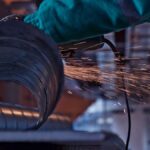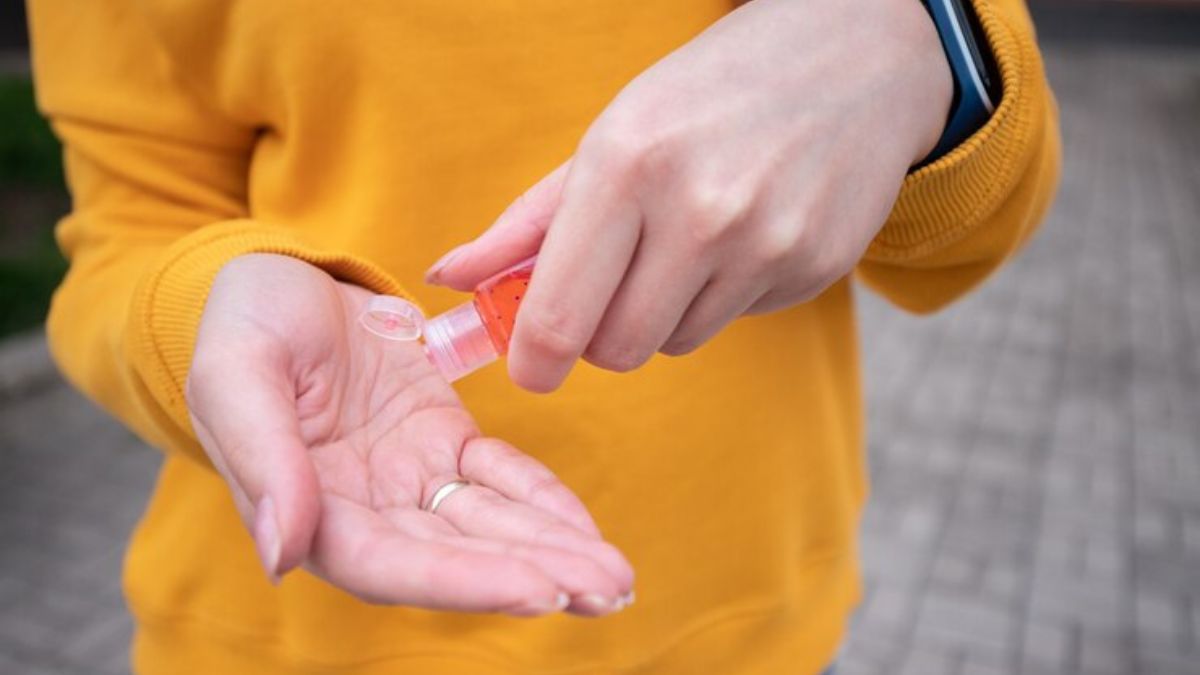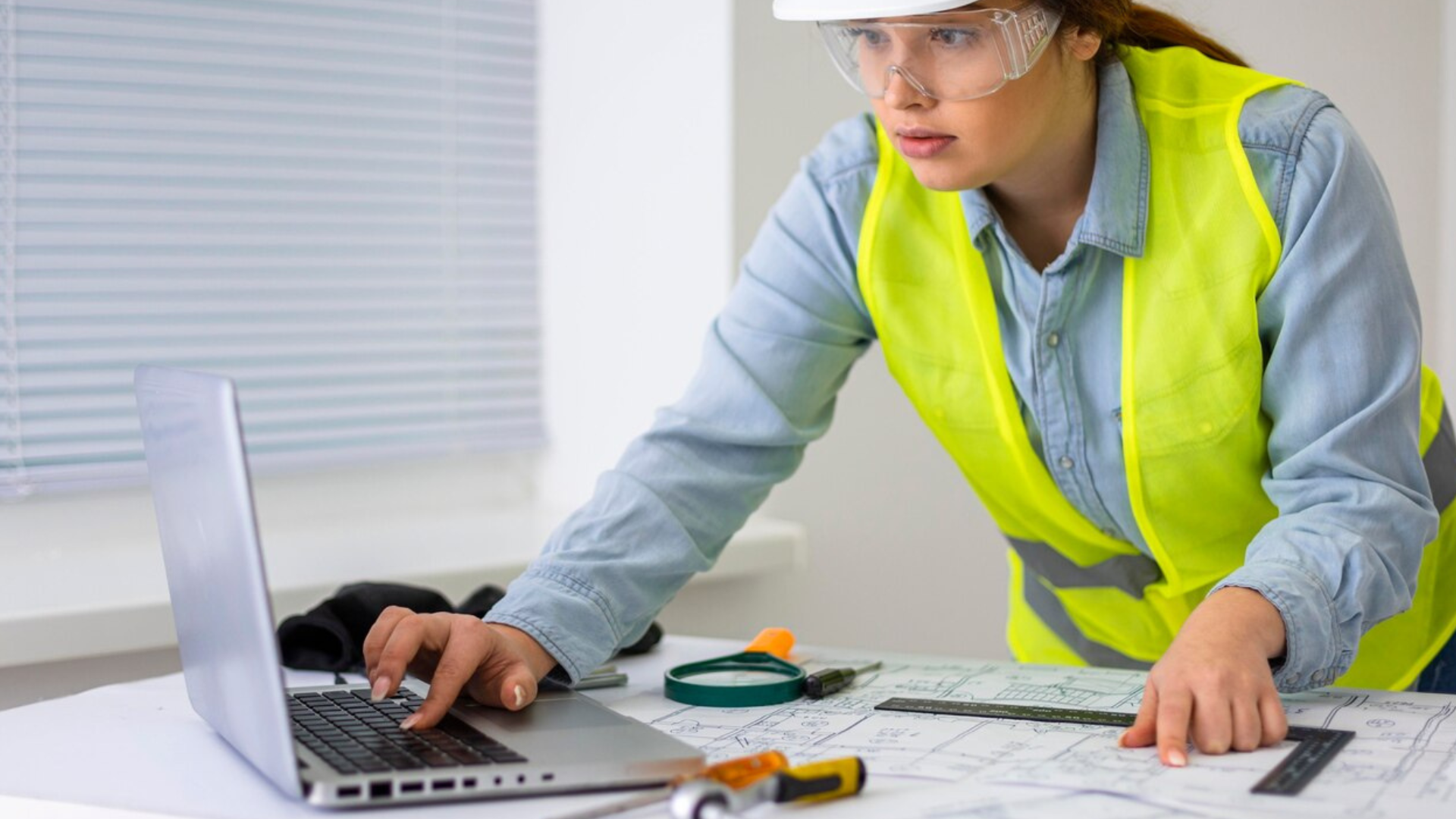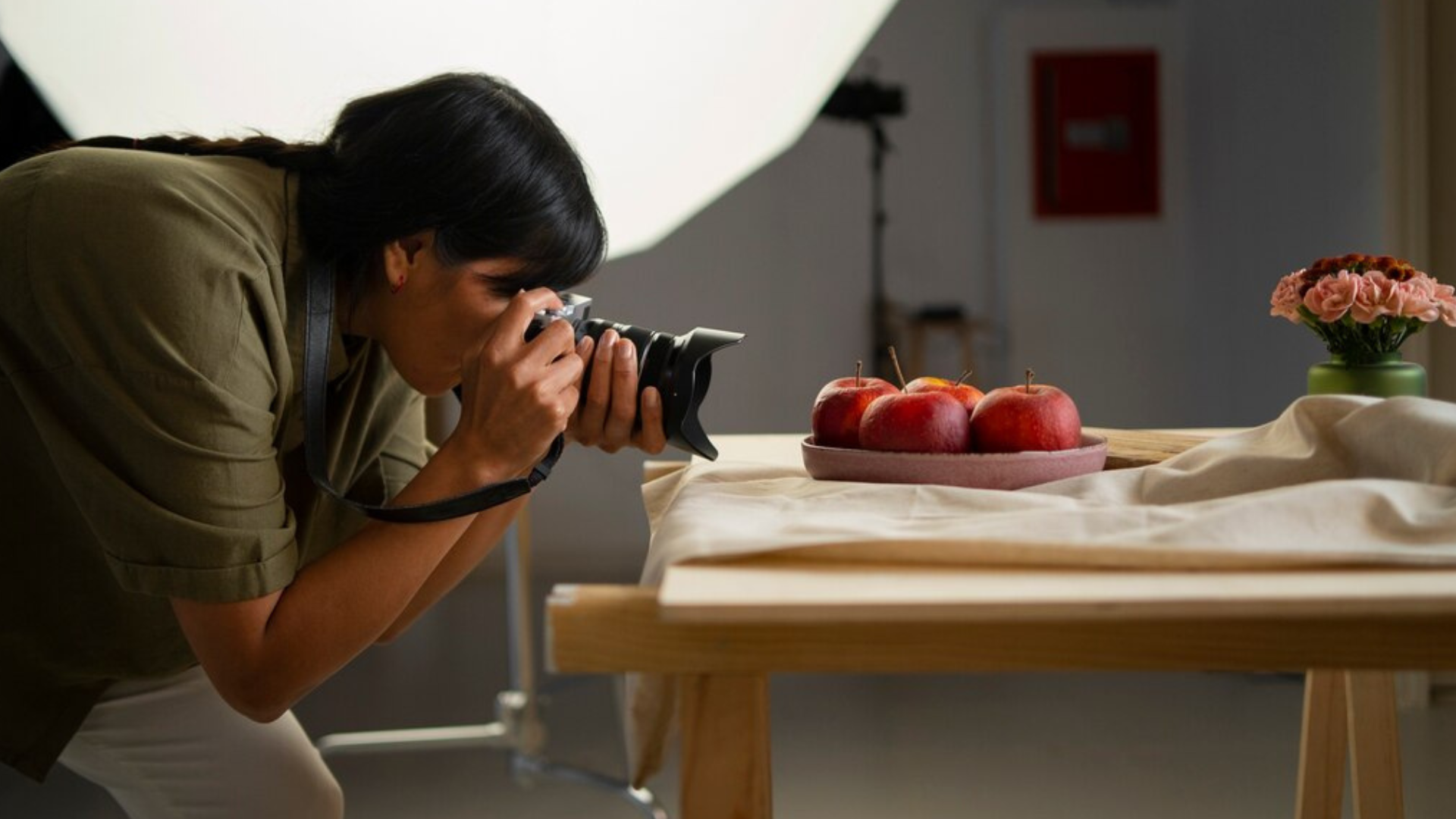Are painful blisters putting a damper on your day? Whether you’re an athlete, hiker, or just dealing with the discomfort of ill-fitting shoes, blisters can be a real pain – literally! But fear not, because in this blog post, we’ve got you covered with all the dos and don’ts for proper blister care. From understanding the causes to prevention strategies and alternative remedies, get ready to kick those pesky blisters to the curb and step out in comfort! Let’s dive into the world of Blisterata Dos and Don’ts: Tips for Proper Care and Prevention.
Understanding Blister: Causes and Types
Ever wondered what causes those pesky blisters to form on your feet? Well, let’s break it down. Blisters are fluid-filled pockets that develop when the outer layer of your skin becomes damaged or irritated. This damage can result from friction, heat, cold, or chemical exposure.
There are different types of blisters to be aware of – friction blisters are the most common and occur due to repetitive rubbing or pressure on the skin. On the other hand, burn blisters form as a result of thermal injuries like sunburns or scalds. Additionally, medical conditions such as eczema or herpes can also lead to blister formation.
Understanding the causes and types of blisters is crucial in taking proactive steps towards prevention and proper care. So, stay tuned for more tips on how to tackle these bothersome bubbles!
The Do’s of Blisterata Care:
Understanding the importance of proper blister care is essential for preventing discomfort and potential infections. When it comes to taking care of blisters, there are several key do’s that can make a significant difference in the healing process.
First and foremost, cleanliness plays a crucial role in Blisterata care. Always wash your hands thoroughly before touching or treating a blister to prevent any additional bacteria from entering the wound.
Moisture management is another vital aspect to consider. Keeping the affected area clean and dry can promote faster healing and reduce the risk of infection.
Proper bandaging techniques are also crucial when caring for blisters. Use sterile gauze or bandages to cover the Blisterata gently without applying too much pressure, allowing it to breathe while protecting it from further irritation.
– Cleanliness is Key
Maintaining cleanliness is essential when it comes to caring for blisters. Before touching a blister, make sure to wash your hands thoroughly with soap and water. This simple step can help prevent the risk of infection.
When cleaning a blister, use gentle soap and warm water to gently cleanse the area. Avoid harsh chemicals or scrubbing aggressively, as this can further irritate the skin. Pat dry with a clean towel instead of rubbing to minimize friction on the affected area.
If you need to apply an ointment or bandage, ensure that both the Blisterata and surrounding skin are clean and dry beforehand. Keeping the area free from dirt and bacteria can aid in proper healing while reducing discomfort.
Remember, maintaining good hygiene practices throughout the Blisterata blister healing process is crucial for promoting optimal recovery without complications.
– Moisture Management
Moisture management is crucial when it comes to blister care. Excess moisture can increase friction and worsen the condition of a blister. To prevent this, make sure to keep the affected area clean and dry throughout the day.
Consider using moisture-wicking socks or applying talcum powder to absorb any sweat that may accumulate in your shoes. This simple step can go a long way in preventing blisters from forming or worsening.
If you’re dealing with an existing blister, avoid keeping it covered with damp bandages for extended periods as this can trap moisture against the skin and slow down the healing process. Instead, opt for breathable bandaging materials that allow air circulation while keeping the area protected.
By staying mindful of moisture levels around your blisters and taking proactive steps to manage them effectively, you can promote faster healing and reduce discomfort associated with blisters.
– Proper Bandaging Techniques
When it comes to proper blister care, mastering the art of bandaging is crucial. Once you’ve cleaned the area and applied any necessary ointments, it’s time to protect the Blisterata .
Start by choosing a suitable bandage that won’t stick to the wound but provides enough cushioning. Opt for non-adhesive pads or moleskin to prevent further irritation.
Carefully wrap the bandage around the affected area without applying too much pressure. The goal is to secure the dressing in place while allowing for some airflow.
Make sure not to wrap too tightly as this can constrict blood flow and cause discomfort. Keep an eye on your bandage throughout the day and change it if it becomes soiled or wet.
Proper bandaging techniques can help promote healing and prevent infections, so take your time and ensure you’re covering your blister effectively.
The Don’ts of Blisterata Care:
When it comes to caring for blisters, there are certain things you should avoid doing to prevent further complications. One major don’t in blister care is popping or draining a blister on your own. While it may be tempting, this can increase the risk of infection and slow down the healing process.
Another important don’t is ignoring signs of infection. If you notice redness, warmth, increased pain, or pus coming from the blister, seek medical attention promptly. Ignoring these symptoms can lead to more serious issues down the line.
It’s crucial not to peel off any dead skin around a blister as it acts as a protective barrier against bacteria. By removing it prematurely, you could expose the wound to potential infections and delay healing. Remember that proper care and patience are key when dealing with blisters!
– Popping or Draining a Blister
Popping or draining aBlisterata may seem like a tempting solution to relieve discomfort, but it can actually do more harm than good.
When you pop a blister, you increase the risk of introducing bacteria into the wound, leading to infection. It’s essential to allow blisters to heal naturally as they act as protective cushions for the skin underneath.
Moreover, draining a Blisterata improperly can cause further damage and delay the healing process. The fluid inside serves as a natural barrier against infections and aids in the body’s healing mechanisms.
Instead of popping or draining blisters, focus on proper care techniques like cleanliness and bandaging. This will help protect the affected area while promoting faster healing without unnecessary risks.
– Ignoring Signs of Infection
When it comes to caring for blisters, ignoring signs of infection is a big no-no. It might be tempting to brush off redness, increased pain, warmth, or pus drainage as just part of the healing process. However, these could be indications that an infection has set in and should not be overlooked.
A blister that becomes hot to the touch or shows excessive swelling needs immediate attention. It’s crucial not to dismiss these warning signs, as infections can lead to more serious complications if left untreated.
If you notice any unusual symptoms around your blister site, don’t hesitate to seek medical advice promptly. Addressing potential infections early on can prevent further issues and promote faster healing.
Remember: taking care of your blisters involves being proactive and attentive – so stay alert and responsive!
Prevention Strategies:
Choosing the Right Footwear is crucial when it comes to preventing blisters. Opt for shoes that fit well and provide ample cushioning and support. Avoid tight or ill-fitting footwear that can create friction and lead to Blisterata formation.
Socks Matter Too in blister prevention. Select moisture-wicking socks made from synthetic materials or merino wool to keep your feet dry and reduce friction. Avoid cotton socks as they tend to retain moisture, increasing the likelihood of blisters.
Protecting High-Friction Areas such as heels, toes, and sides of the foot is key in preventing blisters. Use adhesive moleskin pads or special blister prevention products specifically designed for high-friction areas to reduce rubbing and irritation.
By implementing these Prevention Strategies, you can significantly decrease your chances of developing painful blisters during physical activities or long periods of standing or walking. Remember, proactive measures are key in keeping your feet happy and healthy!
– Choosing the Right Footwear
When it comes to preventing blisters, choosing the right footwear plays a crucial role. Opt for shoes that fit well and provide ample support for your feet. Ill-fitting or stiff shoes can cause friction and lead to painful blisters forming on your skin.
Look for shoes made of breathable materials that allow air circulation and reduce moisture buildup inside the shoe. Moisture can exacerbate blister formation, so keeping your feet dry is key.
Consider the activity you’ll be engaging in when selecting footwear. Different activities may require specific types of shoes to minimize rubbing and friction on your skin. Whether you’re hiking, running, or simply walking around town, make sure your footwear is suitable for the task at hand.
Investing in quality socks can also make a difference in preventing blisters. Choose socks made from moisture-wicking materials that help keep your feet dry and comfortable throughout the day. Pairing proper socks with well-fitted shoes sets a good foundation for Blisterata prevention during any activity you undertake.
– Socks Matter Too
When it comes to preventing blisters, many focus on the shoes they wear but often overlook the importance of socks. The type of sock you choose can make a significant difference in blister prevention. Opt for moisture-wicking socks made from materials like merino wool or synthetic fibers to keep your feet dry and reduce friction.
Avoid cotton socks as they tend to retain moisture, increasing the likelihood of blisters forming. Make sure your socks fit well without being too loose or too tight, as improper fitting socks can lead to rubbing against your skin and causing irritation.
Consider wearing double-layered socks or those with extra padding in high-friction areas like the heel and toes for added protection. Investing in quality, blister-resistant socks may seem minor but can go a long way in keeping your feet comfortable and free from painful blisters during any activity.
– Protecting High-Friction Areas
Protecting high-friction areas is crucial in preventing blisters from forming and causing discomfort during physical activities. These friction-prone spots, such as the back of the heel or toes, are more susceptible to irritation when rubbing against footwear or equipment.
To shield these vulnerable areas, consider using blister pads or specialized bandages that act as a protective barrier between your skin and the source of friction. Additionally, wearing moisture-wicking socks can help reduce the buildup of sweat which can exacerbate friction-related issues.
When selecting footwear for sports or daily wear, opt for shoes that fit properly and provide adequate cushioning to minimize rubbing. Choosing styles with softer materials around high-friction zones can also help alleviate pressure points and reduce the risk of developing blisters.
By taking proactive measures to protect high-friction areas through proper gear selection and preventative methods, you can enjoy your activities without being sidelined by painful blisters.
Alternative Remedies for Blist
In addition to proper care and prevention strategies, there are also alternative remedies that may help alleviate the discomfort of blisters. Some people find relief by applying aloe vera gel or tea tree oil to the affected area. These natural ingredients can have soothing properties that may promote healing.
Another popular remedy is using a cold compress on the blister to reduce inflammation and provide temporary pain relief. Simply wrap some ice in a cloth and apply it gently to the blister for 10-15 minutes at a time.
If you prefer more traditional methods, you can try soaking your feet in an Epsom salt bath. The magnesium sulfate in Epsom salt has been known to help reduce swelling and aid in healing minor skin irritations like blisters.
Remember, while these alternative remedies can be helpful, it’s essential to prioritize proper care techniques and prevention strategies first and foremost when dealing with blisters. By following the do’s and don’ts of blister care outlined in this article, you can effectively manage blisters and prevent future occurrences. Your feet will thank you for it!










